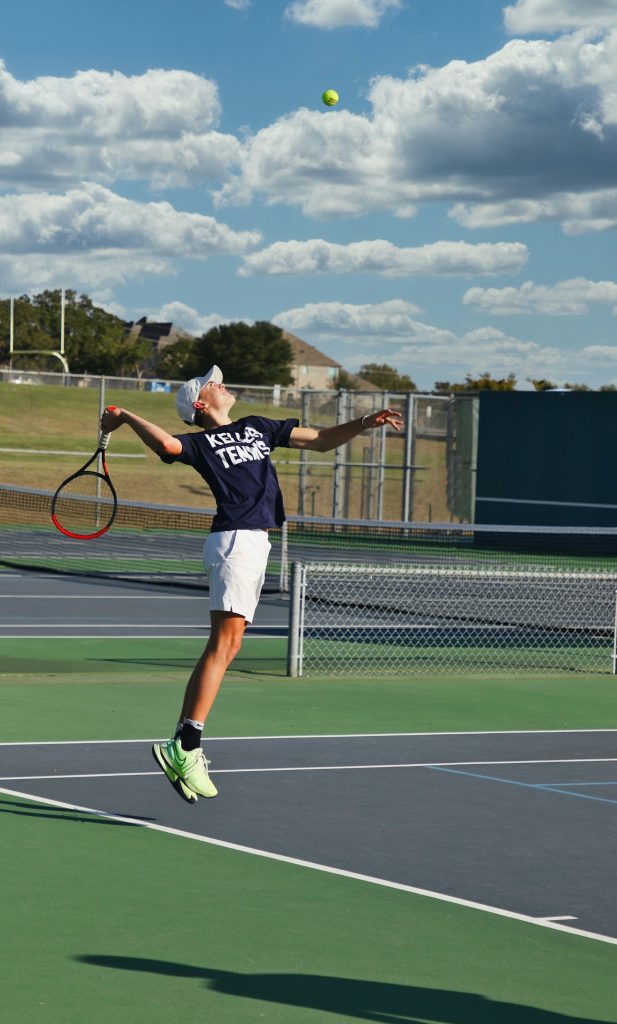Upper Body Injuries in Young Athletes
Posted on February 5th, 2024 by Andries Lodder
As our young athletes dive headfirst into their respective sports, it’s important to acknowledge the unique challenges they face on their journey to athletic excellence. One aspect that often goes under the radar is the prevalence of upper body injuries. Understanding these injuries is the first step towards prevention and proper management. Young athletes are more prone to injuries for a number of reasons. This is mainly due to their physical and developmental characteristics. A few factors that contribute to their increased vulnerability to injuries include:
- Playful Nature: Children are naturally curious and enjoy exploring their surroundings. Their playful nature can sometimes lead to risky behaviours and situations, increasing the chances of accidents.
- Lack of Experience: Children are often less experienced and skilled in various physical activities in comparison to adults. Lack of experience can lead to poor judgment, improper technique, and a higher risk of accidents.
- Growth and Development: Children undergo rapid physical growth and development. Their bones, muscles, and ligaments are still developing and thus may be more vulnerable to injury due to uneven growth rates.
- Incomplete Bone Development: Young athletes’ bones are not fully developed, and the growth plates at the ends of their long bones are more vulnerable to injury. Growth plate injuries can affect bone growth and development.
- Less Developed Muscular Support: Children may have less developed muscular strength and endurance compared to adults. Muscles play a crucial role in supporting joints and bones, and weaker muscles can contribute to an increased risk of injuries. It is therefore important to ensure your child is exposed to a wide variety of activities to reduce their risk of suffering from an overuse injury.
- Motor Skills Development: Young athletes are still refining their motor skills and coordination. Their movements may be less controlled and precise, increasing the likelihood of accidents and injuries during physical activities and exercise.
ACUTE vs CHRONIC INJURIES
Young athletes may suffer from either sudden (acute) injuries, or overuse (chronic) injuries. Acute injuries occur from falls, twists, hits or collisions. Chronic injuries typically result from repetitive movements that are done excessively without adequate recovery time.
COMMON UPPER BODY INJURIES IN YOUNG ATHLETES
Common injuries seen in young athletes vary depending on the sport and the specific physical demands that are placed on the upper body. Despite this, there are a number of upper body injuries that are more common across different sports. These include:
- Wrist and hand injuries – such as fractures and sprains resulting from falls or direct impact. Gymnasts and athletes involved in sports with high-impact landings are susceptible to wrist injuries.
- Elbow injuries – such as Golfer’s and Tennis elbow, as well as Little League elbow – all resulting from excessive repetitive use and improper technique (especially when throwing).
- Shoulder injuries – including rotator cuff injuries and shoulder dislocations. These occur as a result of either direct impact, such as from a tackle, or from overuse.
INJURY PREVENTION
Preventing such injuries in young athletes involves a combination of proper athlete preparation, supervision, and education. Tips to reduce the likelihood of upper body injuries include:
- Ensuring the young athlete engages in a proper warm-up and cool-down. The warm-up helps improve mobility, blood flow and range of motion. An adequate cool-down also aids in recovery, reducing the risk of suffering from an overuse injury.
- Encourage the use of appropriate protective equipment and sports gear.
- Provide proper coaching and guidance to ensure the athletes use the correct technique and skill.
- Strengthen appropriate musculature to provide adequate stability and promote suitable joint range of motion under the guidance of a Biokineticist.
- Allow for adequate rest and recovery time.
- Promote proper hydration and nutrition before, during and after activities.
- Educate the young athlete on injury prevention and management.
- Encourage age-appropriate activities and avoid early specialisation.
- Addressing muscular imbalances through individually tailored Biokinetic sessions.
TREATMENT
The correct treatment and management of upper body injuries in young athletes is essential. It allows them to return to activities as soon as possible and to prevent any further complications later on. Treating injuries in young athletes requires a careful and comprehensive approach to ensure proper recovery.
Following the initial recovery period, appropriate exercises are encouraged to promote adequate range of motion and to re-establish strength. Encouraging our young athletes to communicate openly about any discomfort or pain is vital. We need to foster an environment that prioritises their well-being, ensuring that they can continue to follow their passions while staying injury-free.
CONCLUSION
Regular physical activity is crucial for children. It promotes overall physical health, strengthens muscles and bones, enhances cardiovascular fitness, and aids development. The growth in the use of digital devices – such as phones, tablets, and computers – however, has led to an increase in screen time for many children. Excessive screen time is often associated with sedentary activities. This contributes to a more inactive lifestyle and poor posture. These can lead to injuries and muscular imbalances. Reduced activity levels may contribute to poor strength and muscle tone, and thus children should not be stopped from participating in physical activity.
A large number of injuries can be prevented by following the correct safety measures and remaining proactive. This helps allow your child to stay participating in physical activities. It is essential for young athletes to follow a structured rehabilitation plan after suffering from an injury. This is important to ensure proper recovery and to minimize the risk of long-term consequences.
If you require any advice for injury prevention and rehabilitation for young athletes, please do not hesitate to contact us.
Tweet
